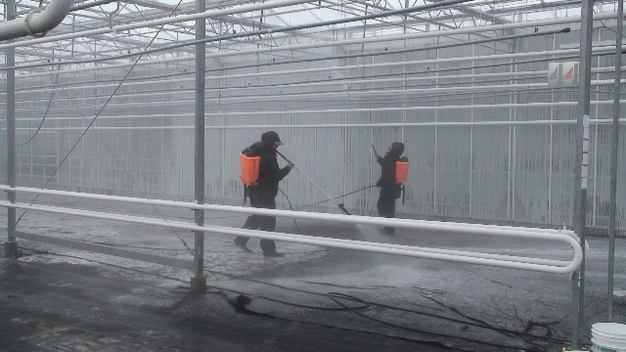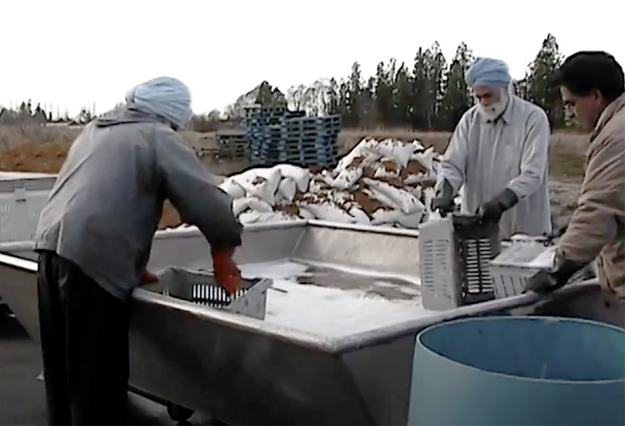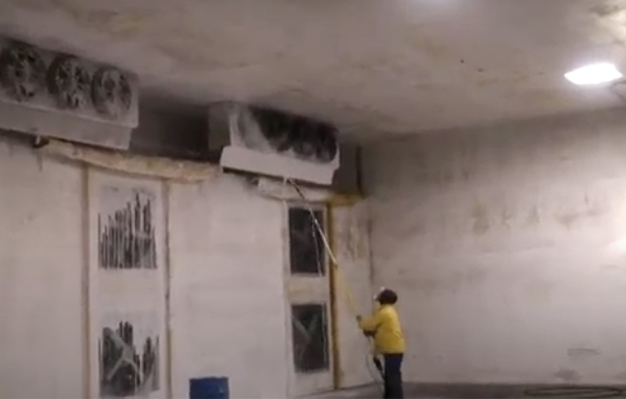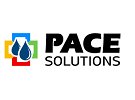Economic uncertainty in the restaurant and hospitality sector and the increased sanitation protocols for staff caused by the pandemic has acutely affected the horticulture industry. As we have seen, a single case of COVID-19 can result in a quarantine and testing requirements that can lead to a costly delay in production. With three levels of government monitoring, agriculture operators not-only need to take the health of crops into account, but also the health and safety of visitors, employees, and customers. Rob Macullin, technical plant consultant at Pace Solutions Corp, talks us through various disinfectant solutions.
To treat areas that may contaminate crops with disease pressures such as leaf spots, blights and root rots, etc., greenhouse operators often use broad spectrum disinfectants. An example would be KleenGrow or Chemprocide (currently submitted for approval to control human corona virus) from Pace Solutions Corp. "These are used to provide lasting protection of all surfaces: walls, floors, structural beams, racks, trays, etc. Growers also use them to disinfect hands, foot baths, air ventilation, coolers and storage," Rob says.
"To address new safety protocols for common areas, many growers have implemented expensive commercial-type disinfectants to clean washrooms, breakrooms and meeting rooms, raising the cost of operation. However, by using the same broad spectrum disinfectant as growing and packing areas, operators can remain compliant at a fraction of the cost."
 Disinfecting the internal structure of the greenhouse is part of regular crop rotation.
Disinfecting the internal structure of the greenhouse is part of regular crop rotation.
Greenhouse Disinfectants vs. General Purpose Cleaners
"The U.S. EPA defines a “broad spectrum” disinfectant as one that is effective against gram-negative and gram-positive bacteria, one or more pathogenic fungi, at least one enveloped virus (e.g. coronavirus) and one non-enveloped (e.g. rotavirus). “Enveloped” means the microbe has a protective membrane coating," Rob explains.
"EPA and CFIA registered disinfectants specified for safe use in greenhouses differ greatly from janitorial type cleaning and disinfecting products used in offices and other commercial settings. General purpose cleaning products can include perfumes, chemicals and low-grade materials that have proven to damage plants and equipment. Moreover, most janitorial products do not carry the proper government approval for use within a horticulture operation."
"Conversely, broad spectrum greenhouse disinfectants are government approved to be highly effective against infectious pathogens in all areas inside and out of a horticultural operation."
Can conventional disinfectants harm greenhouse operations?
Conventional disinfectants include products like chlorine, chlorine dioxide, hydrogen peroxide, and many others. "These are all oxidizing type disinfectants that can cause corrosion to equipment and leave no beneficial residual protection. Essentially, they evaporate from the surface rapidly and are affected by the presence of hard water and organic matter," Rob says.
"The continued use of oxidizers causes corrosion on metal surfaces, degrades plastic and rubber, damages electrodes and often leaves behind an invisible biofilm."
"Once the equipment is showing corrosion, it is much more difficult to clean and disinfect and can become a protective home for bacteria, fungi and viruses. These microbes can thrive in corroded areas, accelerating the oxidization process. Even after labour, time, and money there is still disease pressure due to the lack of residual germicidal activity. This is just one-way disease spreads from one area to the next."

Going through the cleaning and disinfecting process is labour intensive, but essential.
Why use FDA/CFIA Registered Disinfectants?
"Complete disinfection with registered, field-tested broad spectrum products like KleenGrow and Chemprocide leaves a protective, germicidal residual of up to 30 days on most surfaces or until it is rinsed clean," Rob explains. "KleenGrow, PCP #13148, is a Quat (quaternary ammonium compound) with the DDAC (Didecyldimethylammonium Chloride) molecule as the active ingredient. DDAC, unlike other Quat generations, does not contain the dangerous benzene chain. DDAC is the fourth Quat generation to be formulated with a near neutral pH of 6 to 8, is non-corrosive and is effective in the presence of organic mater, hard or soft water. The half life in soil can last up to 9 days. Chemprocide, DIN #00568236 is a disinfectant, bactericide and deodorizer approved for nearly every industrial microbial control application. With a pH in concentrate of 6 to 8, this broad-spectrum disinfectant is an economical way to sanitize food surfaces, greenhouse structures, grow areas and equipment. Growers have used it for years as an effective tool to prevent cross-contamination and improve preventive measures."
Recent laboratory testing of Chemprocide showed it controlled human coronavirus successfully. All documentation has been submitted to the CFIA for review through their COVID-19 fast track program. Always Clean Before Disinfecting (ACBD) System™.
Cleaning before disinfecting
Disinfecting an area is not effective if surfaces are not cleaned to begin with. Otherwise, grime and film can remain on the surface with contaminants surviving underneath, Rob shows. "The ACBD System was developed by Pace Solutions as a cost-effective method for cleaning and disinfecting of all aspects of the greenhouse operation including structures, irrigation systems, coolers, storage, surface, transportation and more."
Three steps to proper disinfecting:
Step 1: Using an approved cleaner, apply it to the surface to be cleaned. Allow the cleaner to sit for a few minutes to emulsify the soils.
Step 2: Rinse it from the surface until there is no visible soap foaming.
Step 3: Apply an approved broad-spectrum disinfectant to all surfaces. Use label recommended rates to kill targeted microbes. Refer to the label for rinsing instructions for your particular use.

Oxidization of metal components in ventilation may spread bacterial, fungi and viruses.
One Economical Solution Protects Production
"By using the same EPA and CFIA registered product to kill microbes and viruses in the greenhouse, growing, packing, employee areas to your offices can help protect employees, visitors, customers, and your valuable crops," Rob concludes. "Disinfectants like KleenGrow or Chemprocide are an economical solution that don’t cause the corrosion of metal, preventing contamination and extending equipment life. Moreover, the residual protection of up to 30 days helps prevent staff outbreaks from common microbes, keeping production up and running."
For more information:
Wes Martin Pace Solutions Corporation
Pace Solutions Corporation
Pace 49 Inc. (US)
1597 Derwent Way
Delta BC V3M 6K8
(604) 520-6211
(800) 799-6211.
info@pacesolutions.com
www.pacesolutions.com
